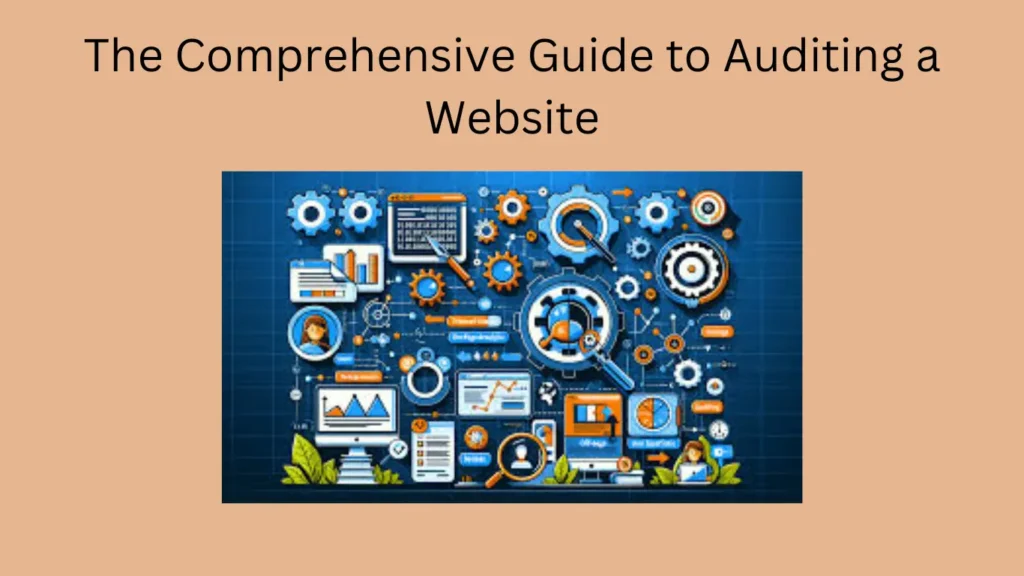Auditing a website is a crucial step in maintaining its health, ensuring optimal performance, and improving its visibility in search engine results. A comprehensive website audit covers various aspects, including technical, content, and SEO elements. Here’s how you can conduct a thorough website audit:
1. Technical Audit
- Site Speed: Check the loading speed of your website on both desktop and mobile devices.
- Mobile-Friendliness: Ensure your website is responsive and displays correctly on mobile devices.
- Indexing and Crawling: Use tools like Google Search Console to check for any indexing or crawling issues.
2. Content Audit
- Quality: Evaluate the quality of your content, ensuring it is relevant, up-to-date, and valuable to your audience.
- Duplicate Content: Identify and resolve any duplicate content issues that could negatively impact your SEO.
3. SEO Audit
- Keyword Optimization: Check if your website’s content is optimized for relevant keywords.
- Meta Tags: Review meta titles and descriptions to ensure they are compelling and include relevant keywords.
- Backlink Profile: Analyze your website’s backlink profile to identify any toxic or spammy links that could harm your SEO efforts.
4. User Experience (UX) Audit
- Navigation: Evaluate the ease of navigation on your website, ensuring users can find information quickly and easily.
- Readability: Check the readability of your content, using tools like Flesch-Kincaid Readability Tests.
5. Security Audit
- SSL Certificate: Ensure your website has a valid SSL certificate to encrypt data transmitted between users and your website.
- Vulnerabilities: Use security tools to scan for vulnerabilities and malware that could compromise your website’s security.
6. Accessibility Audit
- Accessibility Standards: Ensure your website complies with accessibility standards, making it usable for people with disabilities.
- Tools: Use accessibility tools to test your website’s accessibility and identify areas for improvement.
Conclusion
A thorough website audit is essential for identifying and addressing issues that could affect your website’s performance, visibility, and user experience. By conducting regular audits and addressing any issues that arise, you can ensure your website remains healthy and competitive
For further Inquires Contact Us
FAQs
- Q: What is a website audit?
- A: A website audit is a comprehensive analysis of a website’s performance, health, and SEO to identify areas for improvement.
- Q: Why is it important to audit a website?
- A: Website audits help identify issues that may be impacting performance, SEO, and user experience, allowing for targeted improvements.
- Q: What are the key components of a website audit?
- A: A website audit typically includes an analysis of technical SEO, on-page SEO, off-page SEO, site speed, mobile-friendliness, and user experience.
- Q: How often should a website be audited?
- A: It is recommended to audit your website at least once a year, or whenever there are significant changes to your website or Google’s algorithms.
- Q: What tools can be used to perform a website audit?
- A: There are several tools available for website audits, including Google’s Search Console, Screaming Frog, SEMrush, Ahrefs, and Moz’s Site Crawl.

